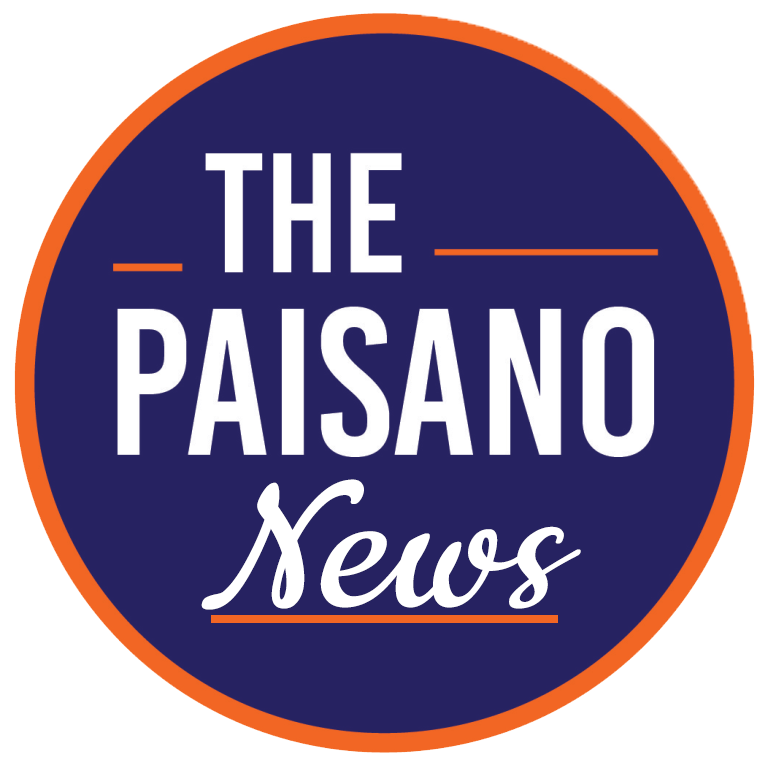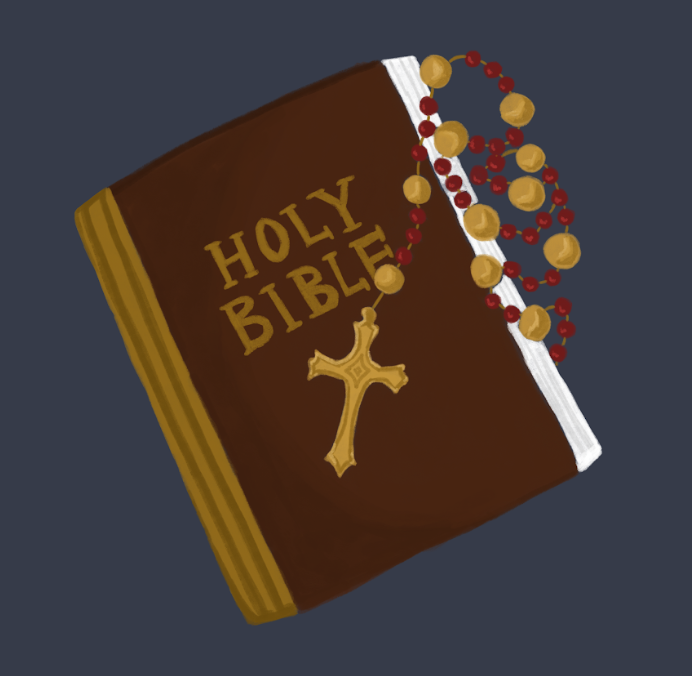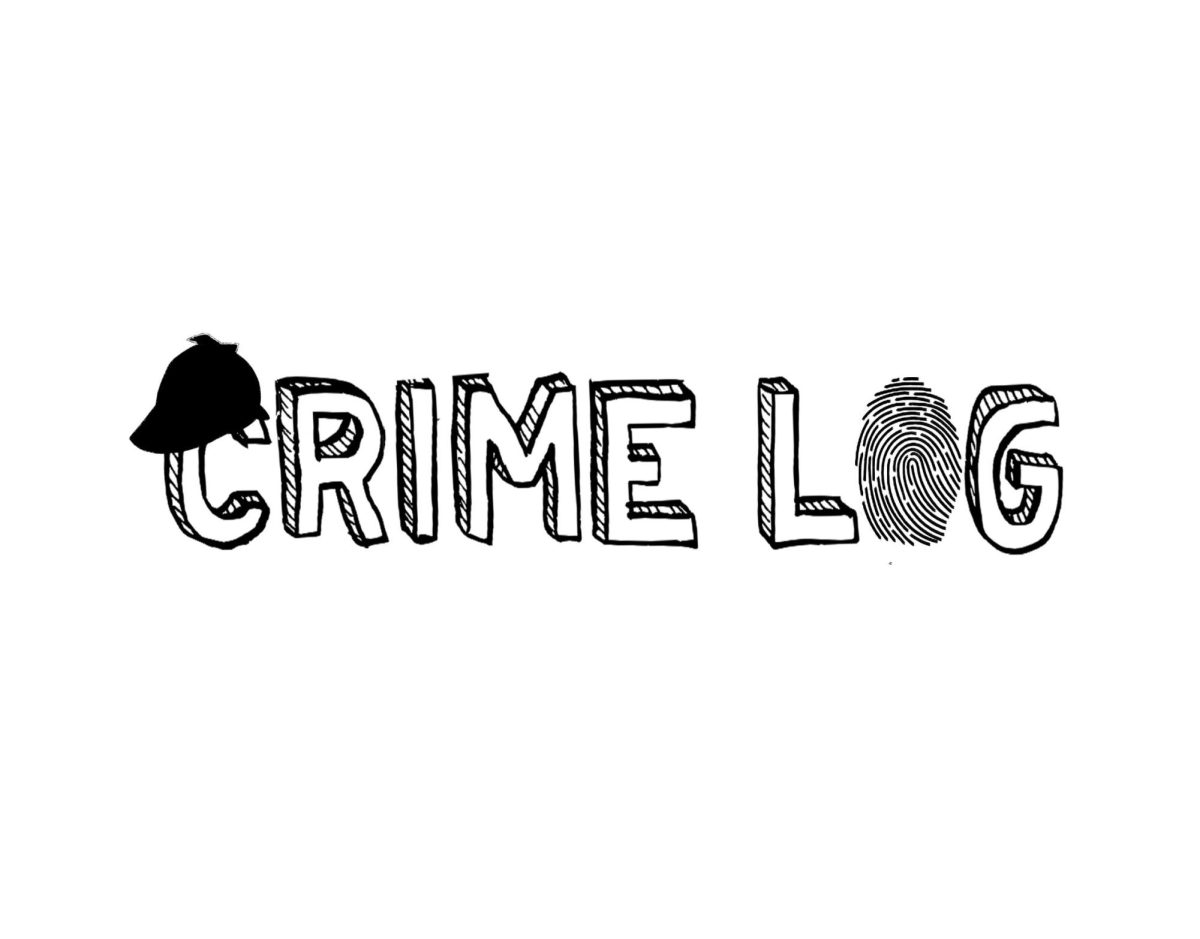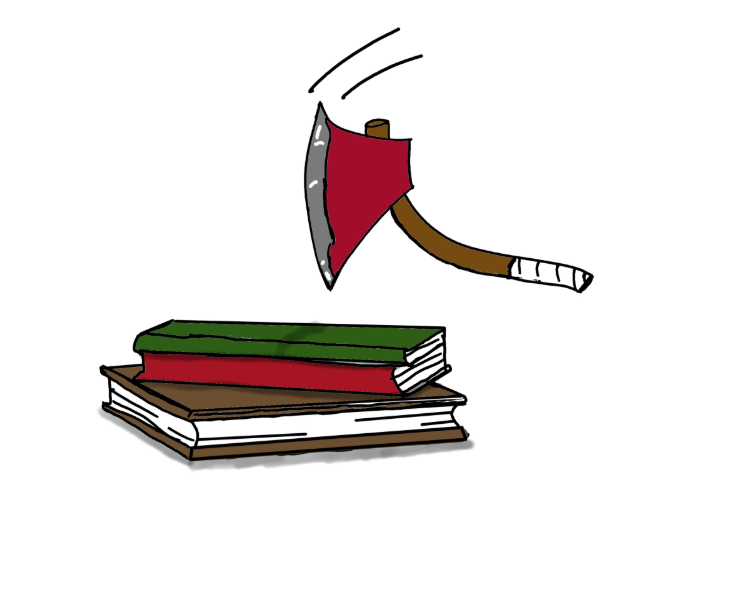
The first office – a gutted bakery – resembled an abandoned warehouse more than a newsroom, but it was an upgrade from the last place: a sparely furnished trailer home around a deserted strip of Babcock Road.
That new office, the remains of the American European bakery, was a shell of a building with only a few rough (but solid), wooden benches too heavy to carry out when the site was cleaned out overnight.
But in a short time this small space in the Campus South Shopping Center quickly became home to a proudly independent student newspaper, The Paisano.
This is its story: its volunteer staff, its humble beginnings and its remarkable trajectory. It is also a story of perseverance, dedication and most importantly, a voice.
In the summer of 1973, four years after the Texas Legislature authorized the development of an upper level university in San Antonio as a part of the University of Texas System, UTSA held its first set of classes at the Koger Executive Center for 670 students. Sometime after UTSA’s seven original buildings were completed in 1975, a series of governing polices, the Memoranda Series, established the university’s policies and operational procedures. The series, now known as the HOP (Handbook of Operation Procedures), included Memorandum 66, which stated that the university would not support, or fund, any student publication.
“It was a mutual thing, the administration did not want to support the student newspaper and the students didn’t want to have those strings attached,” said Steven G. Kellman, English professor and 30-year member of The Paisano’s Advisory Board.
In the latter part of the ’70s, however, two independent publications sprouted but were short lived. Mother Earth, UTSA’s first independent publication, lasted a semester; the second, The University Times, published for three.
In the fall of 1980, a new English professor spotted a flyer posted on a bulletin board that read: “A university should not be without a student newspaper.”
There, in that moment, the seed of a successful independent student newspaper had finally found its soil.
Very soon after, as the idea gained momentum, a small group began to gather regularly at the home of who would become the newspaper’s first advertising manager, Glenda Marcus. By then, the former advisor to the University Times, Sydney Plotkin, had agreed to participate as the group’s co-advisor, a title he held until his departure from UTSA in 1982.
“During one of those meetings at Glenda’s house,” Abdo recalls, “a student from Mexico said, ‘Let’s call it The Paisano.’ “
Then, as she tells it, “someone asked, ‘What’s a paisano?’ “
“Like a countryman… someone from the same part of the county…it’s also a slang term for roadrunner,” he explained. Just like that their project had a name – The Paisano.
At around the same time, the newspaper established a line of credit with San Antonio Press, a commercial printing firm, who presumed that The Paisano was owned by Abdo, rather than by volunteer journalists still struggling to maintain a consistent revenue flow and on Jan. 13, 1981, volume one, number one of The Paisano read, “Snappy Snack pledges improved vending services.”
Even with the line of credit, The Paisano still needed office supplies, so they danced.
Modest decorations adorned the walls and a few sparsely placed tables flanked the dance floor that looked like it had been oiled for a bowling competition.
The night’s event at the Braun Road dance hall in northwest San Antonio was The Paisano’s first fundraising event. That evening, though, the off-white building with a capacity of 250 didn’t reach capacity, not even close. A dozen students showed.
“However,” Abdo retells with a sense of pride, “many people bought tickets because they wanted to support their local newspaper…so we actually made a little money.”
The Paisano was printed bi-monthly during the spring and fall semesters.
During the first semester, the staff met at the advertising manager’s home and laid out the newspaper on the dinning room table at managing editor Yolanda Saldana’s trailer home.
However, the line of credit was almost exhausted as the little known newspaper had difficulties selling advertisements and gathering operational revenue.
As the advertising revenue steadied after two years of publication, The Paisano staffers set their eyes on finding and renting an affordable office space. After some deliberation, James Lifschutz, owner of Campus South Shopping Center, agreed to rent 14525 Roadrunner Way for $200 per month. This location, now part of Roadrunner Bookstore, would be The Paisano’s newsroom for the next 13 years.
The following school year, The Paisano began printing in broadsheet, the traditional format associated with formal journalistic publications (i.e., the long, vertical sheet you’re holding now).
Although the newsroom was still not a traditional one, the students took pride in calling this bakery-turned-newsroom, home. The walk-in freezer became a dark room used to process the paper’s photographic film.
The counter served as a makeshift storage shelf and those heavy, wooden benches became desks for the editors.
Even the greenish cement floor was given character when white lines were painted to resemble a tennis court. Years later, Dane Schiller (now at the Houston Chronicle), would arrange for a truck full of used office furniture to be donated by Southwestern Bell (now AT&T).
In 1986, The Paisano was invited to move its offices into a brand new facility. Naturally, they declined.
“When the University Center was first opened, The Paisano was invited to have its offices there,” Kellman explained, “but the editors decided that they did not want that kind of connection to the university, so they stayed off campus.”
“We prided ourselves on [being independent], even if it meant we had very limited resources and really had to bust our tails,” Schiller said.
Soon enough, though, the proud independent organization – and all its members – would be tested.
In the late 1980s, the AIDS virus was one of the most discussed and covered issues in America; it had been identified and its root cause determined earlier that decade.
However, in the spring of 1989, UTSA still refused to hold educational seminars on AIDS or to distribute condoms through its Student Health Center, though the contraceptive had already been proven to reduce the risk of infection. This decision was made by Dora G. Hauser, Dean of Students at the time, who The Paisano interviewed in January of 1989.
“[The Paisano] asked [Hauser], ‘Why do you refuse to include this in the Health Center?’, “Abdo recalls. “Then she said, ‘because there is no proof that condoms help…prevent the spread of AIDS.'”
The Paisano, then, in defiance of the university, partnered with the Student Representative Assembly (now SGA) and the San Antonio Area AIDS Foundation to promote AIDS awareness on campus. Together, a plan was made to produce an AIDS awareness brochure, attach a free condom and include the brochure on the Valentine’s Day edition of The Paisano. UTSA’s administration learned about the plan and quickly challenged the publication.
“I called the Student Press Law Center in [Washington] D.C.,” Abdo recalls, “and they said that [UTSA] couldn’t stop us from distributing the paper, as long as we adhered to its distribution regulations.”
The next day, the media picked up the story and The Paisano was thrust into the national spotlight.
“It’s like the entire country was looking at The Paisano,” Stephen Brown, a former Paisano features editor remembers. “We were just students, but we were able to capture the attention of the entire nation.”
On the day that The Paisano was to be distributed, news crews from
all over the city arrived on campus, anticipating a confrontation between the administration and The Paisano. Much to their surprise, however, freshly printed Paisano copies had secretly been transported out of the San Antonio Press and were in the campus’ distribution stands before the day’s first class at 8:00 a.m.
The Paisano staffers proudly watched from their classroom windows.
“We didn’t want to be the news,” Abdo recalled. “We wanted AIDS awareness to be the news.”
The following days were a frenzy. Television crews visited The Paisano’s newsroom, a national radio show interview was conducted, the Texas Monthly’s Bum Steer Award was received and a few kind words from the San Antonio Express News were published.
Rick Casey, a columnist for San Antonio Express News (now with Houston Chronicle) wrote, “Can you imagine how embarrassed, we, San Antonio newspaper professionals are? For years we have prided ourselves in doing whatever it takes – from contests to outrageous headlines – to bust circulation, only to be shown up by a bunch of UTSA students. Why didn’t we think of enclosing free condoms?”
1989 was a good year.
The lights at the old bakery-newsroom stayed on every other Monday. Inside, generations of rowdy Roadrunners paced the newsroom with scissors in one hand and three-inch wide columns of text in the other.
Some laid comfortably on the floor, others still gathered around those benches left behind from the bakery days. Somehow, in every workable surface of that squarish room, the long, tedious process of designing a newspaper always got completed – with scissors, grid paper and plenty of patience.
Change was coming, though, and it was good news.
Matt Stern, a young freshman in 1990, introduced the newspaper to its first computer: A Macintosh SE featuring a one-megabyte hard drive with a floppy disk port.
For the next three semesters, the editors took turns learning PageMaker, at the time not much more than a basic word processor with a few design/page layout features. The entire editorial staff gathered around a six-inch, gray-scale monitor to develop the newspaper. The payoff was huge.
“[The Paisano] saved enough money from not having to pay San Antonio Press extra for having them do the newsprint and corrections,” Stern recalled, “that by [1992], The Paisano was able to buy three upgraded Macintosh computers with 12-inch screens.”
The three Macintosh computers reduced the design/editing phase of production so drastically that, within weeks, The Paisano was able to begin publishing weekly, a tradition that continues today.
“We put out a regular Paisano on one week,” Abdo remembers, “and the next week we put out ‘The Paisano Plus.'”
The Paisano Plus was a less-formal, arts and entertainment publication printed in a smaller tabloid format. But after a semester of good reviews, The Paisano began printing the regular newspaper weekly, with The Paisano Plus as an insert.
“So for a while, instead of having an Arts & Entertainment section…we had a Paisano Plus,” said Rene A. Guzman, now staff writer at the San Antonio Express-News.
In the fall of 1992, The Paisano printed its first full-color photograph, a large picture of the men’s basketball Southland Conference Champions, the UTSA Roadrunners.
Finally, in early 1994, The Paisano reverted back to its original, five-section format, as it remains today.
Much more recently, at the regular staff meeting, a now grey-haired Diane Abdo appeared from behind a beige wall that splits the new office in two.
With a sincere smile and a few lines around her mouth that exude wisdom, she calmly asserted herself and began to repeat the phrase she’s been saying for the past 30 years.
“Remember why The University Times didn’t succeed,” she begins, pausing for a split second as if to ensure that every ear in the room was listening, then continues. “It didn’t succeed because it never planned for the next semester or the next year. Remember that.”
But The Paisano did; it planned back at Glenda’s house in the early ’80s and when it moved into the old bakery in ‘82. It adjusted when it moved two doors down in ’93 and when it purchased two-thirds of an acre in ’08 for a new building. Finally, it ensured its future when the Paisano Educational Trust, an IRC 501(C)(3), was formed as the publisher of The Paisano. And when it awarded the first scholarship of $200 in the late ’90s.
Now, The Paisano has an alumni fundraising committee, an advisory board and a board of trustees established to oversee its finances. On campus, The Paisano is sponsored by the Student Newspaper Organization.
Perhaps most remarkably, The Paisano Educational Trust now awards over $20,000 a year in scholarships.
This history, which began as a flyer posted in a bulletin board, is sprinkled with stories of triumph, perseverance, dedication and most importantly — a voice.








